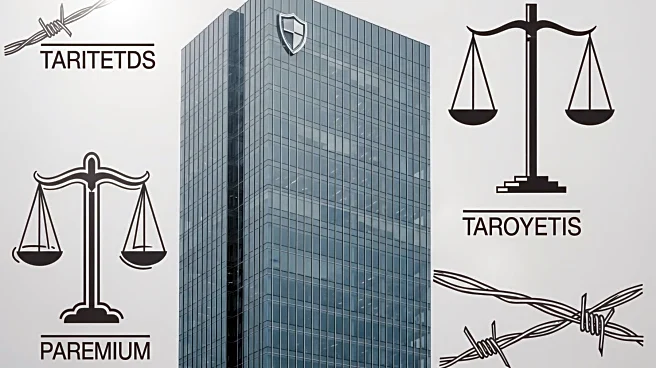What's Happening?
Ssense, a luxury e-commerce retailer based in Montreal, has announced its intention to file for protection under Canada's Companies' Creditors Arrangement Act, akin to bankruptcy protection. Founded in 2003 by the Atallah brothers, Ssense aims to safeguard its assets and operations while navigating financial difficulties. The decision follows actions by its primary lender, which placed the company under protection and initiated a sale process without Ssense's consent, leading to disappointment within the company. The retailer has been affected by the recent closure of the de minimis loophole, which previously exempted goods valued under $800 from tariffs when imported to the U.S. Now, shipments from Canada face a 35% tariff, impacting Ssense's ability to offer competitive pricing on luxury items.
Why It's Important?
The filing for bankruptcy protection by Ssense highlights the challenges faced by luxury e-commerce platforms in maintaining competitive pricing amidst changing trade regulations. The closure of the de minimis loophole and the imposition of tariffs on Canadian imports could have broader implications for cross-border e-commerce, affecting pricing strategies and consumer access to luxury goods. This development may prompt other retailers to reassess their operational strategies and pricing models in response to evolving trade policies. The situation underscores the vulnerability of e-commerce businesses to external economic factors and regulatory changes.
What's Next?
Ssense's filing for protection under Canada's Companies' Creditors Arrangement Act will likely lead to restructuring efforts aimed at stabilizing the company's financial position. The retailer may explore strategic partnerships or seek new investment to bolster its operations. Stakeholders, including creditors and suppliers, will closely monitor the proceedings to assess potential impacts on their interests. The broader luxury e-commerce sector may also observe Ssense's approach to navigating these challenges, potentially influencing industry practices and responses to similar regulatory shifts.












